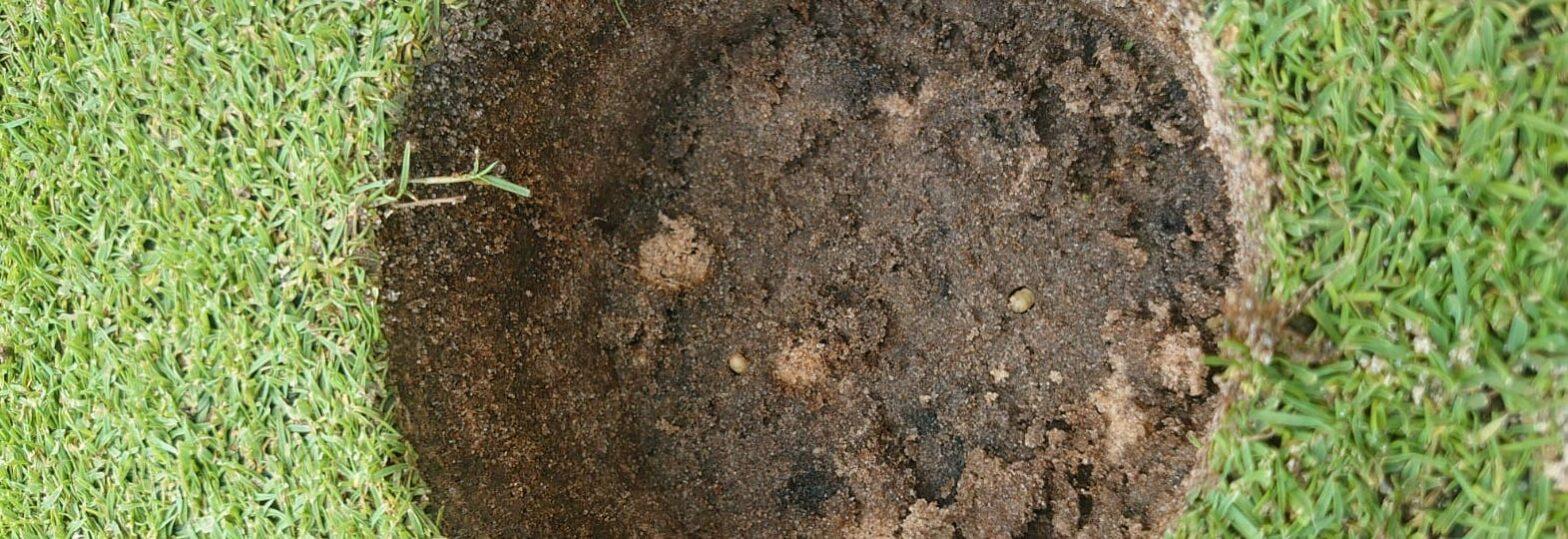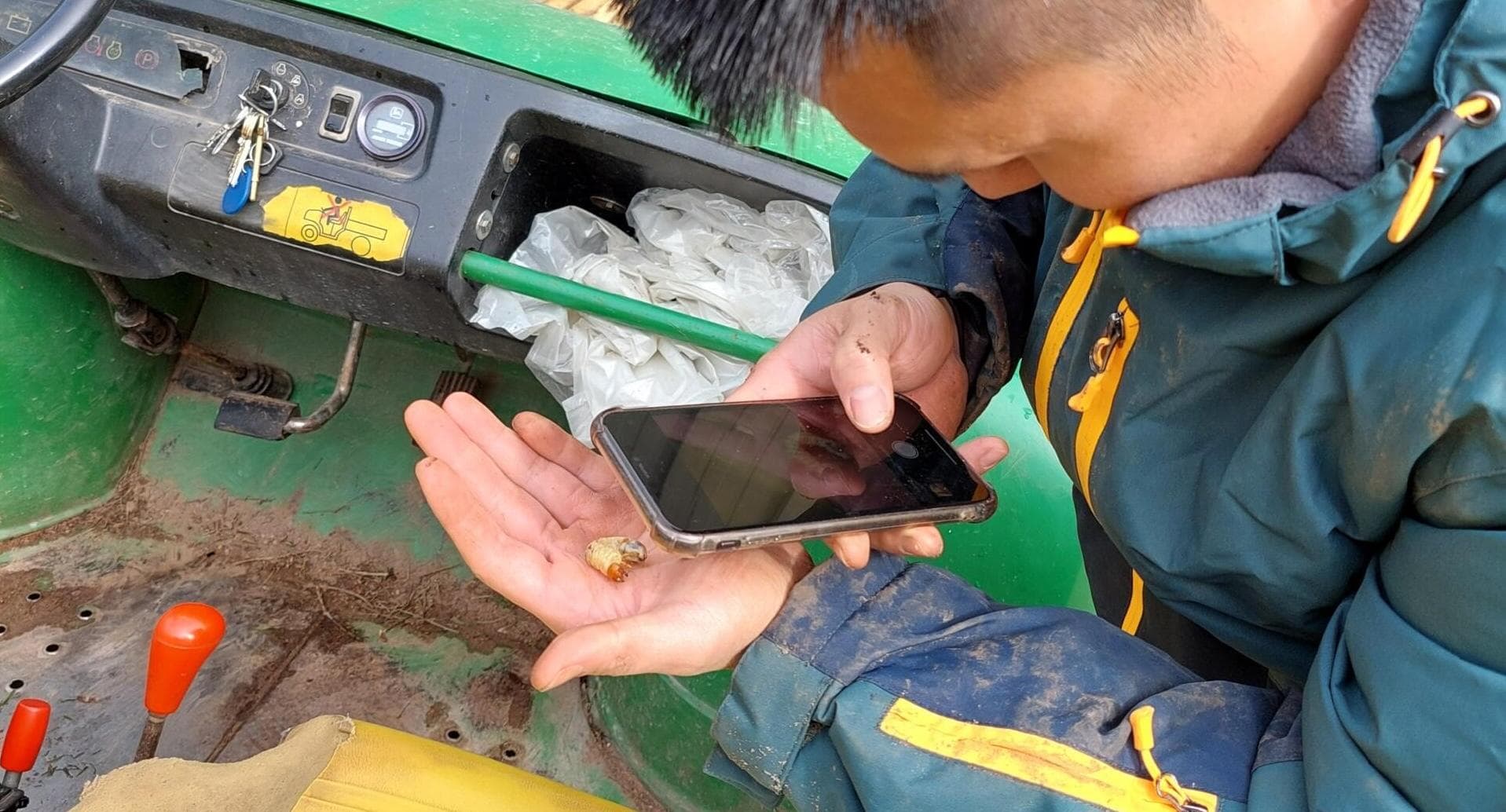Acelepryn Timings.
- For chafers, yes.
- For leatherjackets, not yet.
Chafer grubs
About a month ago I wrote a blog about acelepryn timing for chafers and advised waiting - but NOW is the time to apply. At the time I showed how last year we had pretty much seen the end of the chafer hatch by the end of June.

As you can see this year we have seen a few additional sightings logged in PestTracker but in general the level of pressure and timings are very similar.
We are now beginning to approach the end of the Chafer Emergency Authorisation and all applications that are aimed specifically at Chafers must be made before the 31st August 2020.
With 5 weeks to go, young Chafers in the sward and seemingly no more chafers laying eggs now is the time to go. Up until I've been confident to wait but now is the time. We've had some great results with recent applications and I think we are right in that optimum application window now.

Ideally application in light rain would be best but if that opportunity doesn't arise in the next couple of weeks then some irrigation to wash the product off the leaf immediately is best practice.

Cranefly
Cranefly are proving to be a bigger challenge than Chafers. LeatherJackets seem to have been active at or around the surface for a long period and I'm seeing some frightening images of high populations on social media.
The below PestTracker data shows part of the problem. Whilst we see two distinct peak hatches in the Spring and the Autumn we also see a constant hatching throughout the year.

The two peak hatches are traditionally associated with two different species Oleracea and Paludosa check the blog out..... We've read about these for years and assumed that the lifecycle in arable crops is the same as in our managed turf.
We've never really known as we've had tools to clean all the leatherJackets out at once. A golf green that is irrigated, aerated and managed to be free draining but constantly healthy is a very different environment to an arable crop.

Couple this with ever increasing climatic challenges and we are seeing some real problems. I'm not even sure if the hatching we are currently seeing is a late Oleracea or early Paludosa? If anyone can catch one and ID it I'd be fascinated to know what's going on. ID Guide here....
The fact that they are hatching means they are also laying as they only live for a few days, so we see this wide range of age diversity of Leatherjackets in the soil. As Acelepryn is only effective on the early instar phases we have to use our timing to maximise its impact.
We know that the spring hatching cranefly will also hatch in the Autumn so the October period is still our very best opportunity as the majority of the leatherJacket population will be vulnerable.
There will be some that escape due to their age and some that move in from outside the treated area during the winter but dramatic reduction of the population is the objective.
Mixed populations
Something else that several of you have highlighted to me this season is that you are seeing both Chafers and LeatherJackets in the same area. This is something I have generally said doesn't happen but I'm more than happy to be corrected. I don't know if this is a change of climatic conditions, a change in our management approach with less chemistry or just something we've never noticed before.

I'd be interested to know if this is something you're now seeing or is it something we have always experienced?




